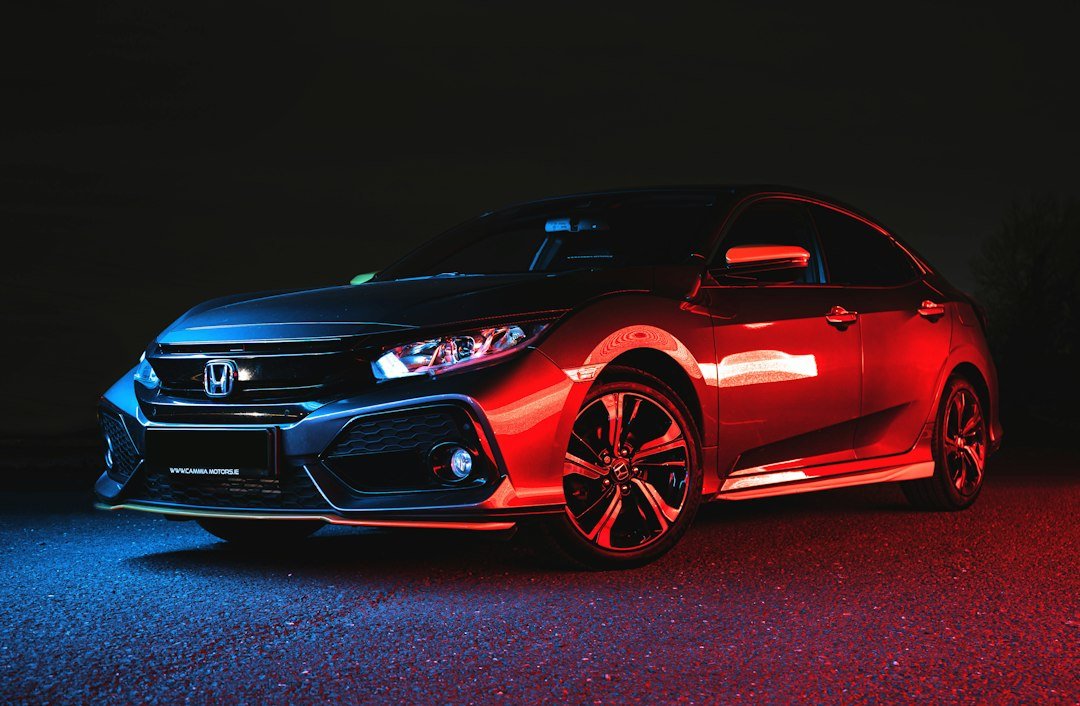The Top Safety Features to Look for When Buying a New Car
When it comes to buying a new car, safety should always be a top priority. With advancements in technology, there are now more safety features available than ever before. These features not only provide peace of mind but can also save lives. Whether you’re a seasoned driver or a first-time car buyer, here are the top safety features you should look for when purchasing a new car.
1. Electronic Stability Control (ESC):
ESC is an advanced safety feature that helps prevent skidding and loss of control. It uses sensors to detect when a vehicle is going off-track and applies individual brakes to specific wheels to keep the car on its intended path. ESC is particularly beneficial in challenging driving conditions, such as during wet or snowy weather.
2. Anti-lock Braking System (ABS):
ABS is a standard safety feature that has been around for decades. It prevents the wheels from locking up during sudden braking, allowing the driver to maintain control of the car. This feature significantly reduces the risk of accidents when braking on slippery roads or in emergency situations.
3. Adaptive Cruise Control (ACC):
ACC is an advanced version of traditional cruise control and is rapidly gaining popularity. It uses sensors to measure the distance between your car and the vehicle ahead, adjusting your speed accordingly. ACC not only helps maintain a safe following distance but can also automatically brake or accelerate, reducing the need for constant speed adjustments.
4. Lane Departure Warning (LDW) and Lane Keeping Assist (LKA):
These features help prevent unintentional lane drifting. LDW alerts the driver through visual, auditory, or haptic signals when the car starts to veer out of its lane. LKA, on the other hand, takes it a step further and automatically guides the car back into its lane if necessary. Both features are effective in preventing accidents caused by drowsiness, distraction, or inattentiveness.
5. Forward Collision Warning (FCW) and Automatic Emergency Braking (AEB):
FCW uses sensors to detect the distance between your car and the one ahead. If it senses an imminent collision, it provides a visual or auditory warning to the driver, allowing them to react promptly. AEB takes FCW a step further by automatically applying the brakes if the driver doesn’t respond in time. These features are particularly effective in avoiding rear-end collisions.
6. Blind Spot Detection (BSD) and Rear Cross-Traffic Alert (RCTA):
BSD uses sensors to monitor the area alongside and behind your car, notifying you when there’s a vehicle in your blind spot. RCTA, on the other hand, warns you of approaching vehicles when reversing out of a parking space. Both features greatly enhance your awareness of your surroundings and help avoid potential collisions.
7. Tire Pressure Monitoring System (TPMS):
Maintaining proper tire pressure is crucial for your car’s safety and performance. TPMS monitors the pressure in all four tires and alerts you if any of them are underinflated. It helps avoid accidents caused by tire blowouts, improves fuel efficiency, and extends the life of your tires.
8. Rearview Camera and Surround-View Camera System:
A rearview camera, now mandatory in many countries, provides a clear view of what’s behind your car when reversing. It helps prevent accidents, especially in crowded parking lots. Some cars now also offer a surround-view camera system, combining several cameras to give you a 360-degree view of your surroundings.
9. Advanced Airbag System:
Modern cars come equipped with multiple airbags, including front, side, and curtain airbags, to provide maximum protection in the event of a collision. Look for cars that offer a comprehensive airbag system with sensors that can adjust the deployment force based on the severity of the impact.
10. Advanced Driving Assistance Systems (ADAS):
ADAS is a broad category that includes several safety features mentioned above, along with others like automatic high beams, traffic sign recognition, and driver drowsiness monitoring. These systems work together to enhance the driver’s awareness, reduce fatigue, and assist in critical driving situations.
In conclusion, safety should be the foremost consideration when purchasing a new car. The advancements in automotive technology have significantly improved the available safety features, making driving safer than ever before. From electronic stability control to advanced driving assistance systems, there are features designed to prevent accidents, minimize the risk of injury, and keep you and your loved ones safe on the road. When buying a new car, always prioritize these top safety features and make an informed decision to ensure a safer driving experience.

